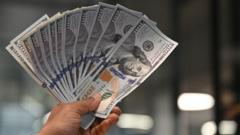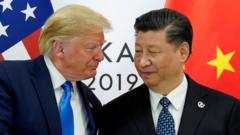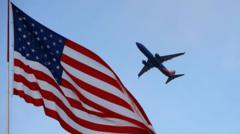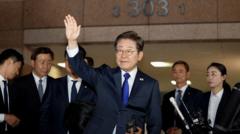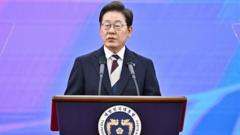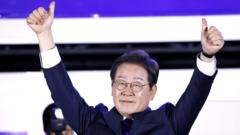"President Trump has implemented a sweeping tariff policy that includes a 10% universal tariff and significant additional tariffs on imports from China and other countries, prompting economic concerns and retaliatory measures."
"Trump Unleashes Major Tariff Strategy on 'Liberation Day'"
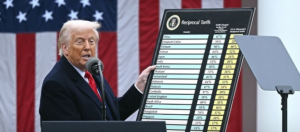
"Trump Unleashes Major Tariff Strategy on 'Liberation Day'"
"Universal tariffs introduced amid escalating global trade tensions."
April 9, 2025, marked a pivotal point in U.S. trade policy as President Donald Trump’s new tariff strategy, announced as "Liberation Day," took effect. This initiative introduces a universal 10% tariff on all imported goods, alongside additional "reciprocal" tariffs aimed at countries that impose high trade barriers against U.S. exports.
The most aggressive tariffs target China, with a newly combined rate of 54% imposed on Chinese imports. This includes a 34% reciprocity tariff layered on top of an existing 20% duty, reflecting the administration's stance against China’s protectionist practices and allegations of intellectual property theft.
Other nations are also facing heightened tariffs, including:
- European Union: 20%
- Japan: 24%
- South Korea: 25%
- Vietnam: 46%
- Taiwan: 32%
While the blanket 10% tariff kicked off on April 5, the country-specific tariffs were enacted on April 9. Trump has argued that these measures are essential for safeguarding American industries and correcting years of unbalanced trade agreements. “We’re not starting a trade war,” he stated, “We’re ending the one they’ve been waging against us for years.”
However, critics caution that these tariffs could elevate consumer prices in the U.S. and incite economic retaliatory actions. This apprehension was amplified when China swiftly retaliated, announcing increased tariffs on American exports and restricting key rare earth minerals crucial to U.S. manufacturing and defense sectors.
Market reactions have been volatile as investors assess the potential repercussions of a protracted trade conflict. Analysts are warning that Trump’s aggressive approach could redefine global economic dynamics, especially if other nations align with similar policies.
Despite the backlash, the Trump administration remains resolute, viewing these tariffs as just the initial phase of a broader strategy to revitalize American manufacturing and reclaim economic prowess on the global stage.
The most aggressive tariffs target China, with a newly combined rate of 54% imposed on Chinese imports. This includes a 34% reciprocity tariff layered on top of an existing 20% duty, reflecting the administration's stance against China’s protectionist practices and allegations of intellectual property theft.
Other nations are also facing heightened tariffs, including:
- European Union: 20%
- Japan: 24%
- South Korea: 25%
- Vietnam: 46%
- Taiwan: 32%
While the blanket 10% tariff kicked off on April 5, the country-specific tariffs were enacted on April 9. Trump has argued that these measures are essential for safeguarding American industries and correcting years of unbalanced trade agreements. “We’re not starting a trade war,” he stated, “We’re ending the one they’ve been waging against us for years.”
However, critics caution that these tariffs could elevate consumer prices in the U.S. and incite economic retaliatory actions. This apprehension was amplified when China swiftly retaliated, announcing increased tariffs on American exports and restricting key rare earth minerals crucial to U.S. manufacturing and defense sectors.
Market reactions have been volatile as investors assess the potential repercussions of a protracted trade conflict. Analysts are warning that Trump’s aggressive approach could redefine global economic dynamics, especially if other nations align with similar policies.
Despite the backlash, the Trump administration remains resolute, viewing these tariffs as just the initial phase of a broader strategy to revitalize American manufacturing and reclaim economic prowess on the global stage.





